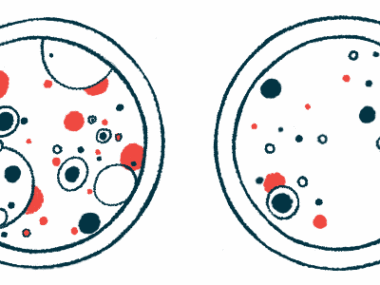2 Scientists in Australia Awarded 2021 Batten Research Grants
Written by |

Winners of the Australia and New Zealand Batten Disease Research Grant for 2021 have been announced by the Batten Disease Support and Research Association (BDSRA) Australia, the program’s sponsor.
They are Anthony White, PhD, an associate professor and principal research fellow at QIMR Berghofer Medical Research Institute in Brisbane, Australia, and Anthony Cook, PhD, an associate professor at Wicking Dementia Research and Education Centre at the University of Tasmania in Hobart, Australia.
The program supports local research that furthers current understanding, advances treatment, or improves the diagnosis, education, or management of any or all of the many types of Batten disease.
White and his team received a grant worth $AU49,600 (about $35,000). They will focus on investigating the possibility of repurposing medications, treatments are already in the market for other indications, to treat Batten disease.
“If a drug is found to be suitable, it has a far quicker path to use for Batten disease patients, as the drug has already passed the initial development stages and is used by other patients,” the announcement webpage states.
Their project, “Integrating computational and in vitro approaches to achieve drug re-positioning for Batten disease,” puts forward the use of computer-based algorithms that analyze how sets of genes interact in Batten disease. Then, the algorithms will try and identify existing medications that act upon those interactions. Candidates will be tested on cell models of Batten disease in the laboratory before possibly progressing to clinical studies in patients.
Cook’s team will use their $AU55,000 (about $39,000) grant to study how the blood–brain barrier is affected by variations in CLN3, the gene that is mutated in juvenile Batten and other forms of Batten disease. The blood–brain barrier is a cell-made membrane that shields the brain from the outside environment (i.e., toxic substances in the blood) while allowing much-needed nutrients to reach the brain. Any damage to this barrier can cause brain cells to starve, as they are unable to receive energy.
The researchers developed a human stem cell-based model of Batten disease. The stem cells will be turned into the type of cells that form the blood–brain barrier, and the researchers will assess how variations in CLN3 change the cells’ normal function, hoping to identify potential therapeutic targets.
“Such models are needed to accelerate moving laboratory findings into effective and safe treatment options for people with this disease,” the webpage states.
During the course of the project, “Dissecting the effects of CLN3 variants on the blood–brain barrier,” the scientists also plan to make a mock-up of the blood–brain barrier in the laboratory to serve as a platform for testing how and if new medications are able to get into the brain.
The grants are awarded for a one-year period, and may be renewed based on progress made during that year.
Researchers who wish to apply for the 2022 grant are invited to submit expressions of interest when that round opens in May.






